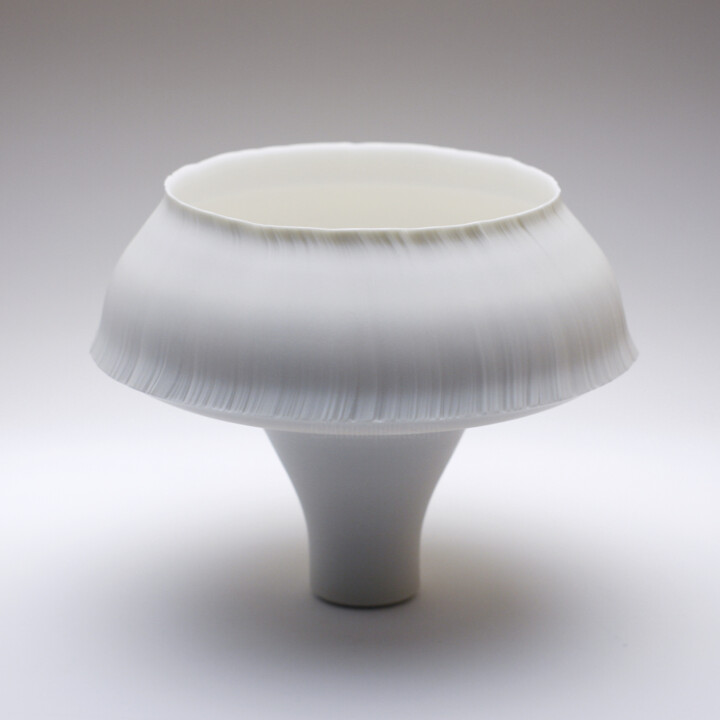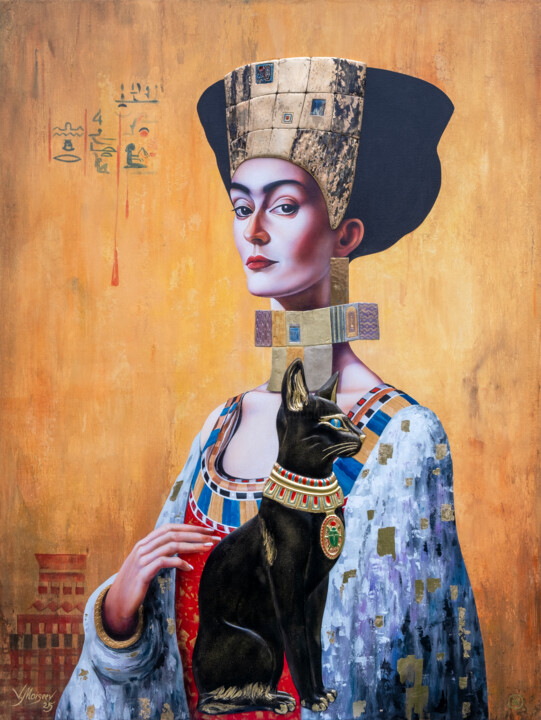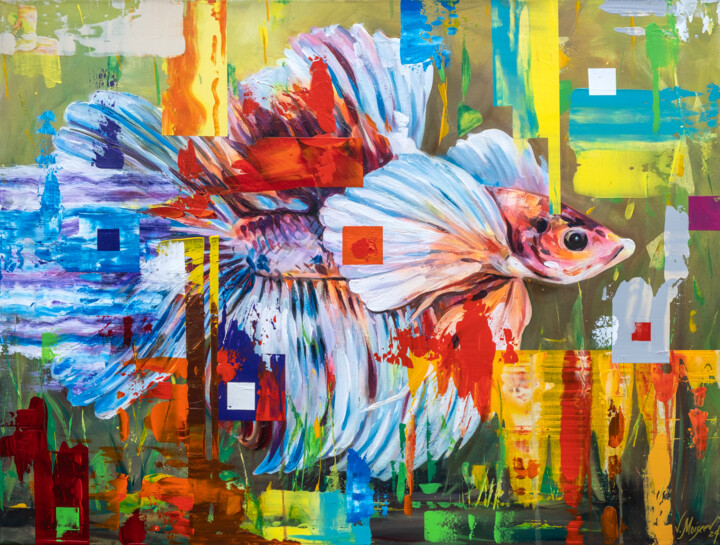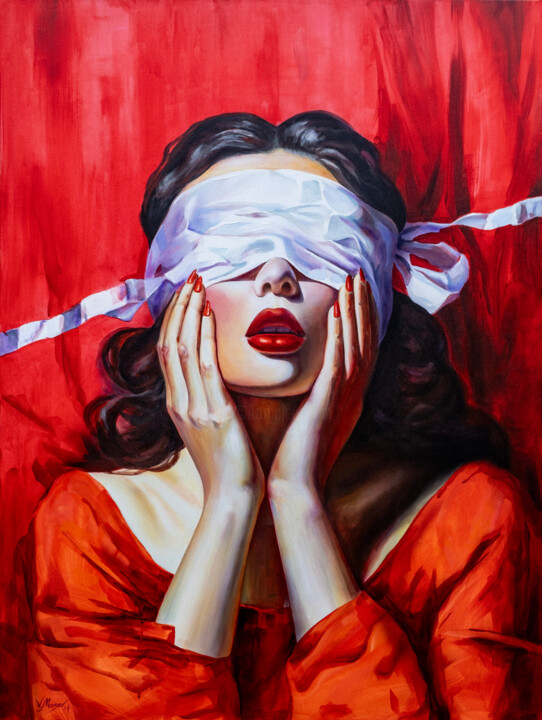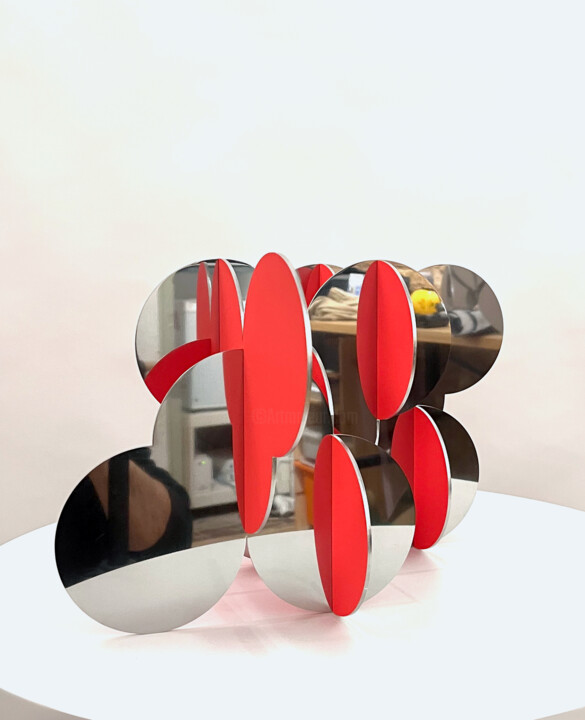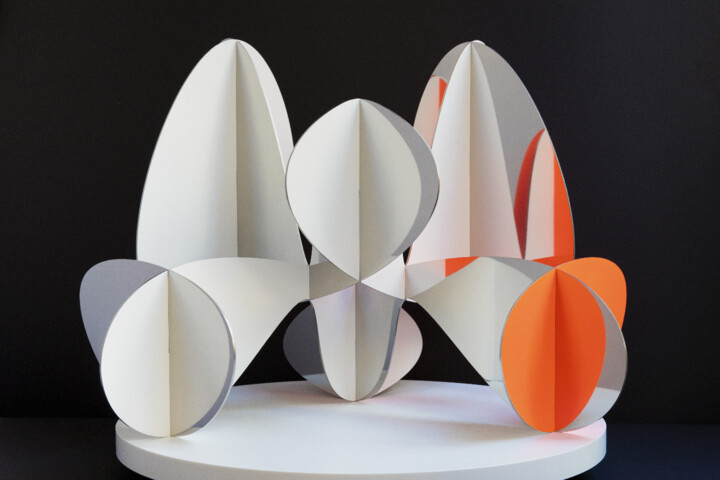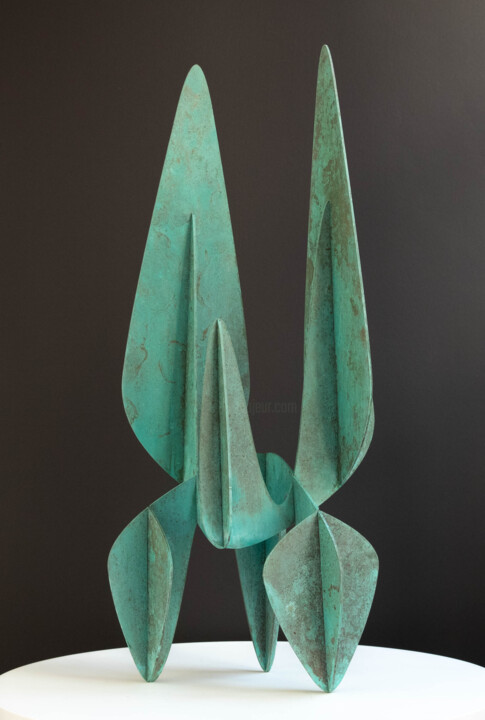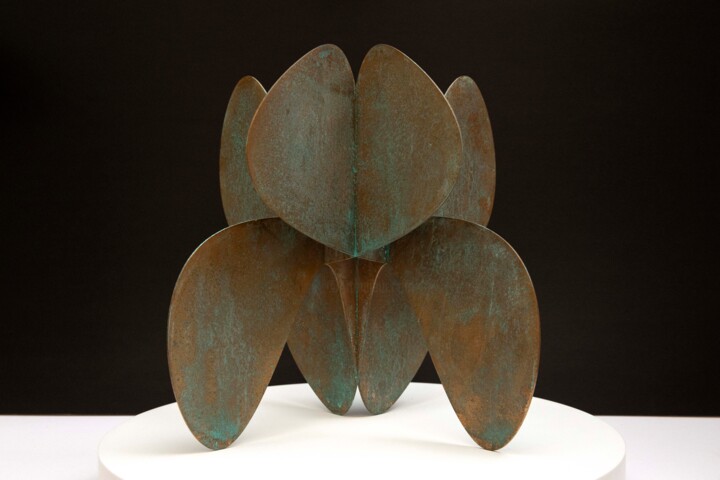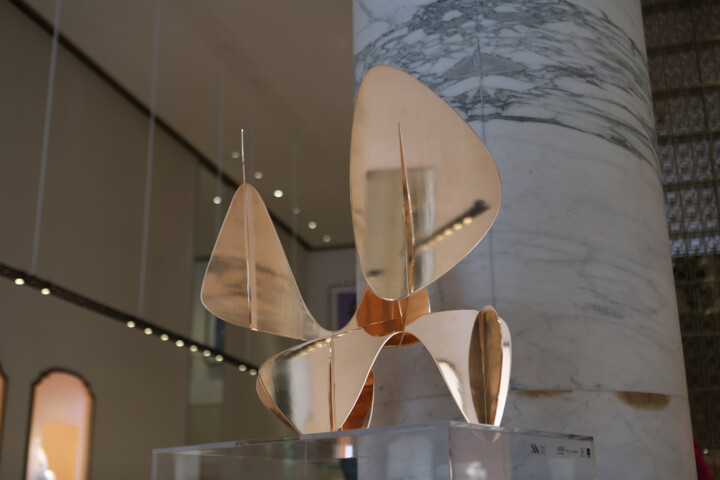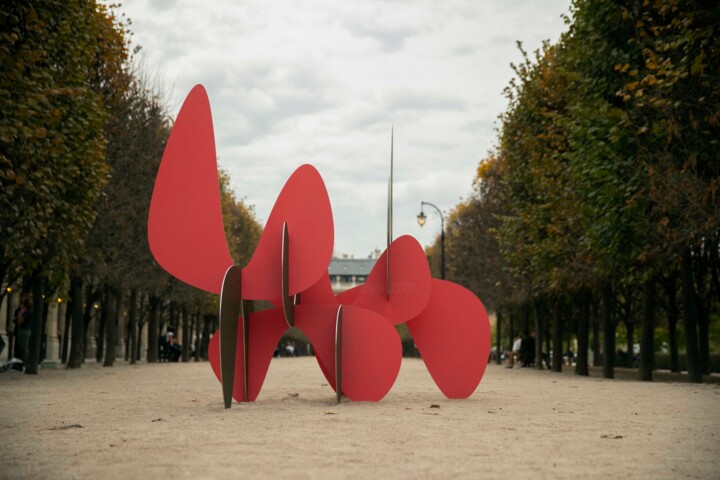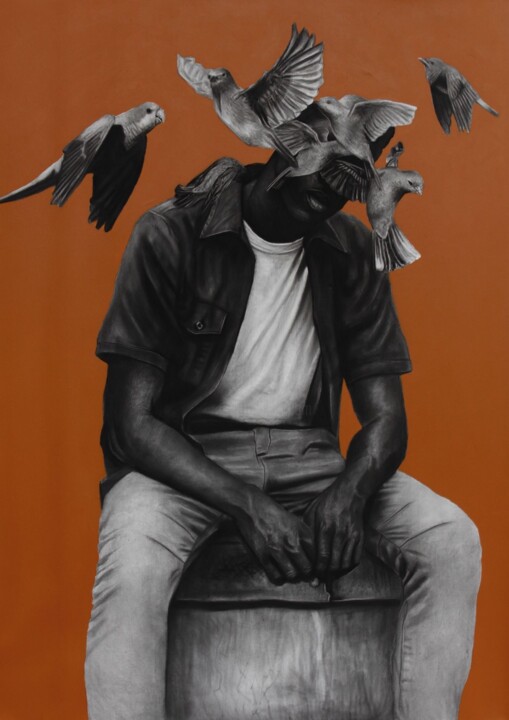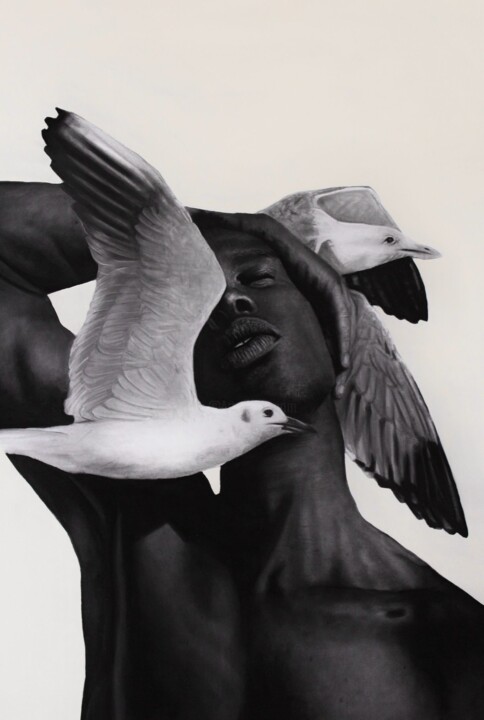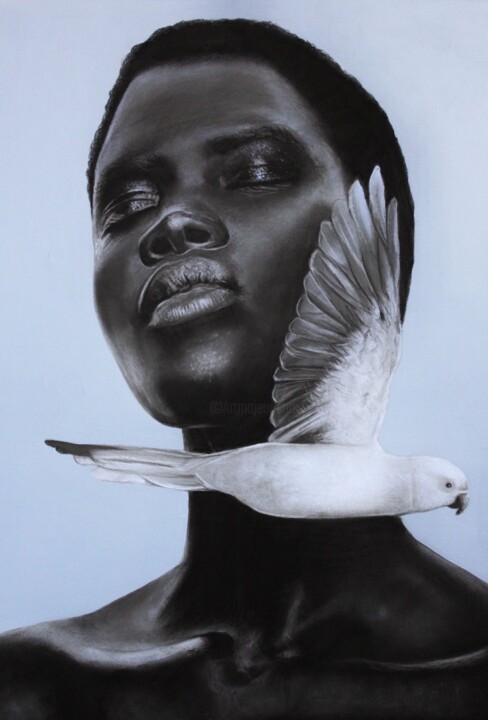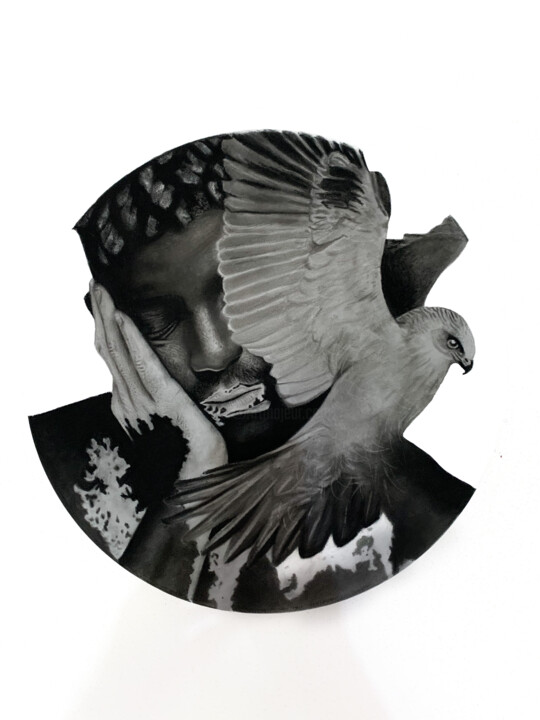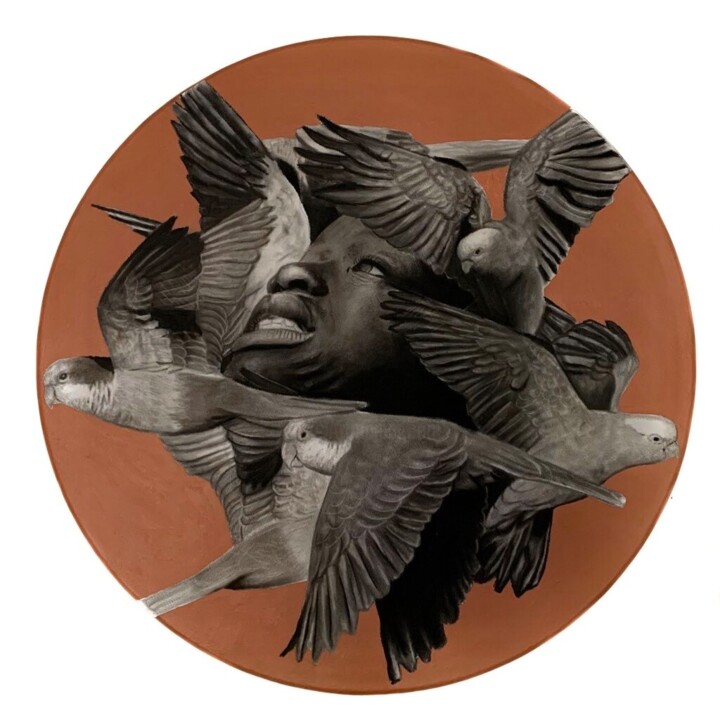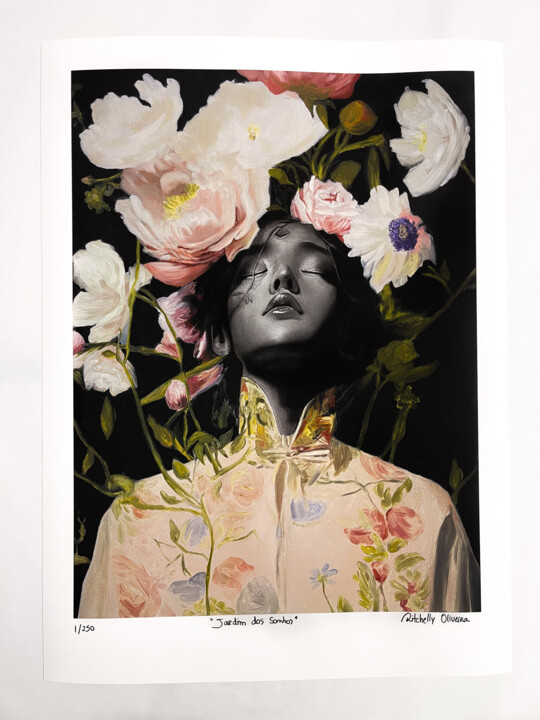Purchase art via leasing on Artmajeur
 LA CARRERA (2023) Painting by Hector Acevedo
LA CARRERA (2023) Painting by Hector Acevedo
Leasing works of art in 20 questions
1. What is art leasing and how does it work in a business context?
Art leasing is a form of long-term rental that allows professionals to exhibit artistic creations without purchasing them immediately. This system works like a subscription: the company pays monthly or annual rent for the chosen creation, often with the possibility of purchasing the work at the end of the contract at a reduced price. This approach offers financial flexibility, allowing self-employed professionals to beautify their spaces with quality pieces while preserving their liquidity, regardless of the amount invested. In addition, the rental option can have tax advantages, as rent-to-own payments are generally deductible as accounting expenses. This makes leasing particularly attractive for companies wishing to enrich their professional environment, offices, waiting room or brand image without the financial commitment and responsibility of owning an art collection.
 QSHELL#1 (2018) Sculpture by Andrii Kyrychenko
QSHELL#1 (2018) Sculpture by Andrii Kyrychenko
2. What are the advantages for a company of renting works rather than buying them?
There are several significant benefits for independent entrepreneurs who opt to lease artistic creations rather than acquiring them. First, flexibility: renting allows artistic collections to be regularly renewed, which energizes office space and stimulates creativity. Second, there is a notable financial benefit. Rental payments with the possibility of purchase are often less expensive in the short term than direct investments, allowing better budget management, cash flow, and optimization of their taxes. Third, the tax advantage: in many countries, lease costs can be tax deductible, providing additional savings. Finally, the artistic rental lease allows entrepreneurs and managers to access high-quality pieces that may otherwise be out of reach, thus enriching their brand perception and professional environment without a significant financial commitment.
 “PLACE OF ESCAPE” (2023) Painting by Vitaly Moiseev
“PLACE OF ESCAPE” (2023) Painting by Vitaly Moiseev
3. What financing is available for the rental of works of art in companies?
At Artmajeur, with 20 years of experience in selling art on the internet, we believe that the project of acquiring cultural objects intended for the professional environment is an approach that benefits everyone. We offer various online financial arrangements to facilitate the integration of artistic pieces through rental with the possibility of purchasing in the future. Companies can choose between operational or financial type plans, each offering a specific tax and accounting benefit, including a reduction in their tax. With the operational lease with option to purchase, artistic creations are rented for a specific period, allowing firms to regularly renew their collection without long-term commitment. The financial rental arrangement, for its part, offers the possibility of acquiring the piece at the end of the contract, suitable for companies wishing to gradually invest in a permanent collection, or to build up assets without increasing their balance sheet. These possibilities provide the flexibility to meet the specific needs of each business, while making art more accessible and beneficial to the business environment and offices.
 SILVER TIGER (2015) Sculpture by Richard Orlinski
SILVER TIGER (2015) Sculpture by Richard Orlinski
4. How are leasing contracts typically structured?
Long-term lease contracts at Artmajeur are generally structured in several key stages. First of all, a selection of pieces is made by the customer, in accordance with their tastes and the space available. Then, a rental agreement with the possibility of acquiring the artistic object in the long term is established, detailing the duration of the commitment, generally from a few months to several years, as well as the payment terms, which are often made monthly. This structure allows financial flexibility and offers the possibility of renewing or changing parts when the commitment expires. Additionally, some agreements include an option to purchase, allowing the customer to acquire artistic objects at a predetermined price at the end of the rental period. This approach facilitates access to the work of the best artists while offering a solution adapted to the specific needs of each client.
 ON IS GOD (2023) Painting by Loi Duc (DucloiArt)
ON IS GOD (2023) Painting by Loi Duc (DucloiArt)
5. What is the typical duration of a rental lease with option to purchase (LOA)?
The typical duration of a rental lease for artistic work in a professional context generally varies between 13 and 60 months (i.e. approximately 1 year and 5 years). This flexibility allows firms to regularly renew their collection, thus adapting to changes in the visibility of their brand and their professional environment. The rental lease with the possibility of purchasing or LOA, thus offers a dynamic and scalable solution for firms wishing to integrate the Economy of Culture into their spaces while controlling their budget and retaining the freedom to modify their artistic selection at the same time. over time.
6. What types of work for hire are most popular among liberal professions?
For establishments and independent workers, the most popular pieces for rental financial arrangements tend to be those which combine contemporary aesthetics and a universal message. Abstract paintings, with their bright colors and intriguing shapes, are particularly popular for their ability to energize a space, waiting room or office while remaining accessible to a wide audience. Modern sculptures and interactive installations are also in high demand, as they create an interesting focal point in common spaces and stimulate creativity and interaction. These artistic objects, in addition to beautifying offices, often reflect the innovative and avant-garde strategy of the firms that choose them, thus strengthening their brand and their corporate culture.
 BLUE NOTE AT LA HUCHETTE (2013) Painting by Gilles-Paul Esnault
BLUE NOTE AT LA HUCHETTE (2013) Painting by Gilles-Paul Esnault
7. What are the responsibilities and obligations of a company when it rents an object of art?
When a firm opts for rental investment in an artistic object, it undertakes to respect certain responsibilities and obligations. First, the maintenance and preservation of the artistic piece is paramount; the manager must ensure that the object remains in excellent condition. In addition, it is essential to respect copyright and contractual agreements, especially regarding the display and use of the artistic object in the professional space. Additionally, firms should also consider the necessary insurance to cover any possible damage or loss. The entrepreneur also undertakes to ensure that the artistic objects are displayed during exhibitions, waiting rooms or in its offices. By respecting these conditions, companies can enrich their environment while supporting creators and the art world.
8. What are the tax advantages linked to the leasing of works of art for companies?
Buying artistic pieces offers significant tax benefits for companies and self-employed workers (doctors, lawyers, etc.), particularly in France, Belgium, Luxembourg and Monaco. This benefit is included in the General Tax Code, article 39-1-1 (Read the article on patronage and purchase of works by living artists – article 238 bis AB of the CGI).
First, monthly installment payments with the option to purchase forward are tax deductible, thus reducing the company's taxable income. In addition, monthly payments make it possible to spread the cost of an artistic creation over several years, making cash flow management easier. In addition, for certain firms, purchasing artistic objects can entitle them to benefits in terms of depreciation. These assets, combined with the beautification of professional spaces and investment in culture, make the financial rental of artistic pieces a strategic and advantageous decision for firms concerned with their social and environmental criteria and their financial management.
 AROUND LAKE WAKATIPU (2023) Painting by Ilya Volykhin
AROUND LAKE WAKATIPU (2023) Painting by Ilya Volykhin
9. How does the contemporary art market influence leasing?
The contemporary art market and the cultural economy in general exert a notable influence on the artistic objects that are rented and presented in the professional environment. Firms wishing to innovate and energize their spaces are increasingly turning to contemporary art for its avant-garde character and its potential to stimulate creativity and inspiration within teams, and sometimes even organize exhibitions in their offices. Renting over a long period offers financial flexibility, allowing firms to access high-quality cultural objects without tying up significant capital. In addition, this offers the opportunity to regularly renew their collection, thus remaining in tune with current trends in the art market. This phenomenon creates a synergy between the world of business and that of contemporary objects, contributing to increased appreciation and visibility of creators in the professional space.
10. What criteria should a company take into account when choosing a work to rent?
When a firm considers financing an art object by renting it, several key criteria must guide its decision. First of all, the suitability of the object with the brand positioning and the company culture is essential. The artistic object should reflect the values and aesthetics of the organization, creating an inspiring environment for employees and a memorable impression for buyers. Next, it is important to consider the space available: the dimensions and style of the work must fit harmoniously into the professional environment. The durability and maintenance of artistic objects must also be taken into account, especially in spaces with high traffic. Finally, we must think about the budgetary impact: choosing work that aligns with the financial capabilities of the firm while offering a significant aesthetic and cultural return. By respecting these criteria, a company can ensure it gets the most out of its art rental experience.
 LA BELLEZZA SALVERÀ IL MONDO (2023) Painting by Marco Battaglini
LA BELLEZZA SALVERÀ IL MONDO (2023) Painting by Marco Battaglini
11. What is the procedure for acquiring a work at the end of a leasing contract?
When the contractual agreement expires, several options are available to the buyer. Generally, he can choose to acquire the coin by paying the remaining balance, often calculated taking into account payments already made, less a predetermined residual value. This possibility is ideal for those who are attached to the creation and wish to permanently integrate it into their collection. On the other hand, if the buyer decides not to acquire the object, he can return it to the artist or the gallery, or sometimes replace it with a new artistic piece by starting a new pact to rent one over a long period. It is important to refer to the specific terms of the initial commitment to know the details and the obligations of each party at the end of the long-term rental. At Artmajeur, pioneers of internet sales for over 20 years, we always advise careful reading of the commitment and open communication with the creator or gallery for a fluid and satisfactory experience.
 ESTANATLEHI - 'TURQUOISE LADY' (2014) Sculpture by Guido Oakley
ESTANATLEHI - 'TURQUOISE LADY' (2014) Sculpture by Guido Oakley
12. What are the different types of lenders to rent to?
Several types of financiers stand out on the rental investment market for artistic works for companies. Merchants and platforms specializing in leasing are the first players, offering a wide range of parts and rental conditions with the possibility of purchasing in the future adapted to the specific needs of companies. Banks and financial institutions constitute another important category, offering online rental financing opportunities for art, often with tax benefits. Additionally, some independent long-term rental companies focus exclusively on art, providing personalized services for firms looking to enrich their space with art. These various possibilities offer companies the flexibility to choose a funder that best suits their objectives and budget.
 BARRICADA 14 AIP S45 (2020) Sculpture by Alejandro Vega Beuvrin
BARRICADA 14 AIP S45 (2020) Sculpture by Alejandro Vega Beuvrin
13. How can living artists rent their work?
Living creators have every advantage in PRO spaces welcoming the public renting artistic objects in: it is a model that opens new avenues of income and visibility, with the possibility of selling major pieces whose price requires a special assembly. When a business chooses to rent artistic creations, it provides creatives with a regular platform to exhibit their work, thus reaching a wider and more diverse audience. In addition, financing with the possibility of purchasing the artistic object over time guarantees creators a stable income thanks to regular payments, while retaining ownership of their work. This method, which strengthens the Collaborative Economy , also allows for frequent rotation of exhibitions, giving creators the opportunity to exhibit different pieces over a given period, thus increasing their notoriety and influence in the world of modern culture. In short, the rental investment of artistic pieces in firms represents a promising avenue for living creators, offering them financial stability and increased recognition.
14. What are a company's insurance obligations when renting a work of art?
When a company rents a work, insurance becomes a crucial aspect to consider. It is imperative that the company ensures that the room is covered against damage and possible losses throughout the duration of the rental investment. Typically, this involves extending the firm's existing insurance policy to include the rented artistic creation, or purchasing specific insurance. To understand the specific requirements and discuss with an insurer to verify that the coverage is adequate, it is advisable to consult in detail the rental agreement with the possibility of acquiring the object in the long term. This approach not only protects the company's investment, but also ensures that contractual obligations to the lender of the artistic piece are respected.
 BETWEEN FRAGILIDADES (2023) Painting by Ritchelly Oliveira
BETWEEN FRAGILIDADES (2023) Painting by Ritchelly Oliveira
15. How can renting works contribute to the decoration of a business?
Acquiring artistic pieces on a rental basis is a unique and elegant solution for beautifying spaces welcoming the public. By allowing firms to rent artistic works, rather than purchasing them outright, this possibility offers financial flexibility while enriching the aesthetics of the offices. It allows you to regularly renew the decoration with modern or classic artistic pieces, thus creating a dynamic and inspiring environment. Additionally, displaying artistic pieces in a company's offices can reflect its brand identity, strengthen its corporate culture, and even boost employee creativity and well-being. Renting art thus becomes not only an aesthetic decision, but also a strategic investment in the ambiance and marketing positioning of the firm.
16. What are the risks associated with leasing works of art?
When a company rents artistic and design objects, several risks must be considered. Firstly, there is the risk of damage: because the work is often delicate, it can suffer accidental damage in an office environment, leading to restoration or replacement costs. Additionally, renting for a long term involves contractual agreements that can be complex, with specific clauses on maintenance, insurance and liability in the event of damage. It is crucial that firms fully understand these terms to avoid disputes or unexpected costs. Additionally, the value of work can fluctuate, and if the value decreases, the company could find itself paying more than the current market value of the work. Finally, there is the risk of inappropriate choices of artistic pieces, which may not correspond to the positioning or culture of the firm, potentially affecting the office atmosphere or brand status. These factors should be carefully weighed when deciding whether to rent artistic pieces in a professional setting.
 DYNAMISCHE DIMENSION (2022) Sculpture by Nikolaus Weiler
DYNAMISCHE DIMENSION (2022) Sculpture by Nikolaus Weiler
17. How can leasing be used by liberal professions?
The offers to finance cultural objects available to self-employed workers cover a wide range of professions: Medical and Paramedical Activities (Doctors, Dentists, Pharmacists, Veterinarians, Physiotherapists, Liberal Nurses, Psychologists), Legal Activities (Lawyers, Notaries, Bailiffs, Legal Advisors), Technical and Scientific Activities ( Architects, Consulting Engineers, Chartered Accountants, Auditors), Consulting Activities (Business Management Consultants, Financial Advisors, Auditors), Communication and Information (Independent Journalists , Translators, Interpreters), Artistic Activities (authors, painters, sculptors, writers, composers, Photographers etc...), Teaching and Training (independent trainers, Coaches).
Renting cultural objects represents a unique opportunity for these entrepreneurs to enrich their professional space with artistic creations, while optimizing their cash flow. This formula allows lawyers, doctors, consultants and other independent workers to rent artistic works for a fixed period, thus offering a refined and inspiring atmosphere to their offices without a significant initial investment. In addition to beautifying their professional environment, this approach can also serve as a subtle marketing tool, reflecting their commitment to culture and excellence. Renting artistic objects thus becomes an elegant and economical solution to combine aesthetics and professionalism in waiting rooms, offices and places open to the public.
18. What are the main galleries that offer works for rent?
Many leading art galleries now offer rental services for artistic creations for firms, thus allowing spaces welcoming the public or employees to enrich themselves artistically, without immediate financial impact on cash flow. The Artmajeur gallery has one of the largest collections in the world, with immense variety. Other well-known gallerists include the Saatchi Gallery in London, which offers a wide range of contemporary designs, and the Whitechapel Gallery, known for its avant-garde collections. Pace Gallery and Gagosian Gallery are also key players in this area, offering pieces by renowned artists. These gallery owners offer flexibility and artistic diversity, making cultural goods more accessible to firms while supporting the artistic community. offers in By choosing to rent artistic pieces, companies can continually refresh their work environment, stimulate the creativity of their employees and improve the aesthetics of their premises.
 SANGUINELLO (2023) Painting by Viktor Sheleg
SANGUINELLO (2023) Painting by Viktor Sheleg
19. What are the differences between buying art in the traditional way and leasing?
Renting an artistic piece provides greater financial flexibility than purchasing it in the “traditional” way. By renting long-term, you rent the artistic creation for a set period of time, with periodic payments, rather than paying the entire total price up front. This approach not only allows for a regular rotation of designs to refresh your space (based on rental commitment), but also offers potential tax optimizations, such as deducting payments as a business expense. In contrast, the traditional financing method involves immediate and full payment, conferring perpetual ownership of the work. Rental financing is therefore an ideal solution for those looking to diversify their collection in a more flexible way, sometimes without long-term commitment, while acquisition is more suitable for those who wish to build a permanent collection.
20. How can leasing help businesses improve their brand image and attract customers?
Leasing offers firms a unique opportunity to improve their brand perception and attract prospects. By integrating artistic pieces into their spaces, companies provide their employees and prospects with a refined and culturally rich environment, reflecting their values and their commitment to creativity and innovation. This approach can strengthen their brand identity and leave a memorable impression on customers and partners. Additionally, art rental allows for flexibility and rotation of creations, ensuring constant freshness and dynamism in the work environment. This shows that the firm is constantly evolving and attentive to current trends, a major asset for attracting a modern and diverse clientele.
 SFERA CABALA (2020) Sculpture by Gianfranco Meggiato
SFERA CABALA (2020) Sculpture by Gianfranco Meggiato


 Jean Dubreil
Jean Dubreil














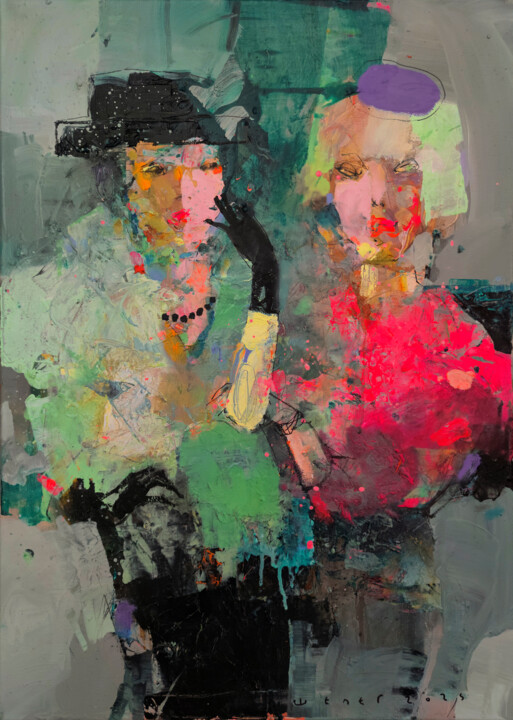













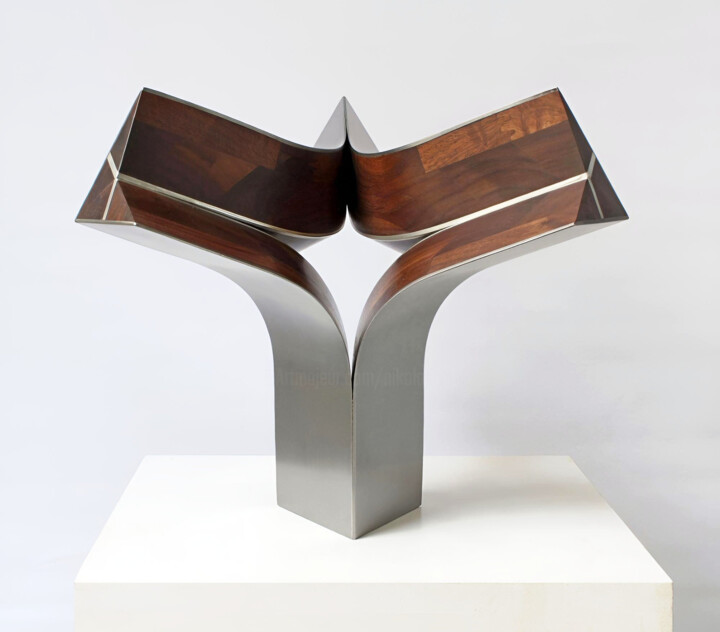
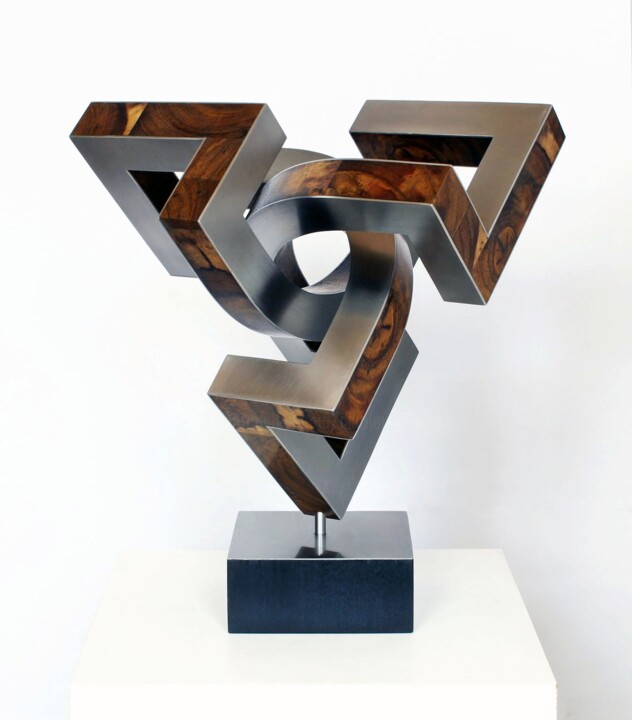

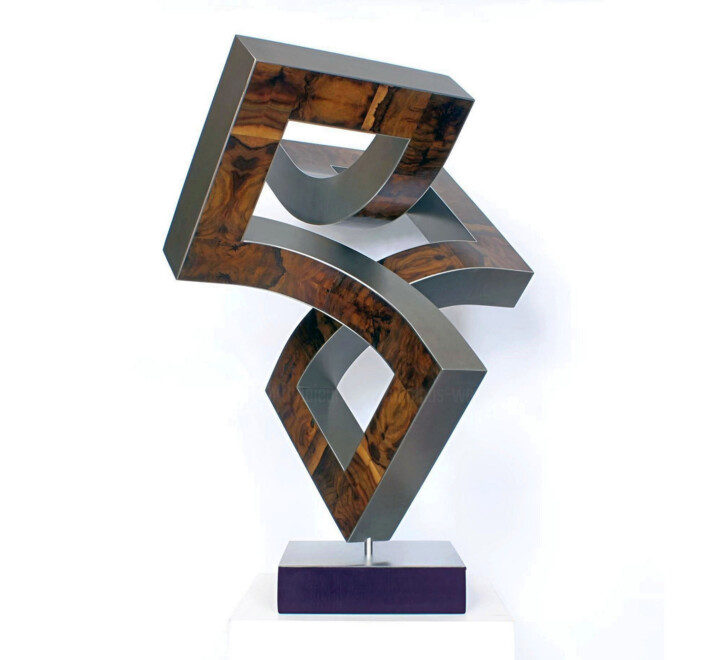

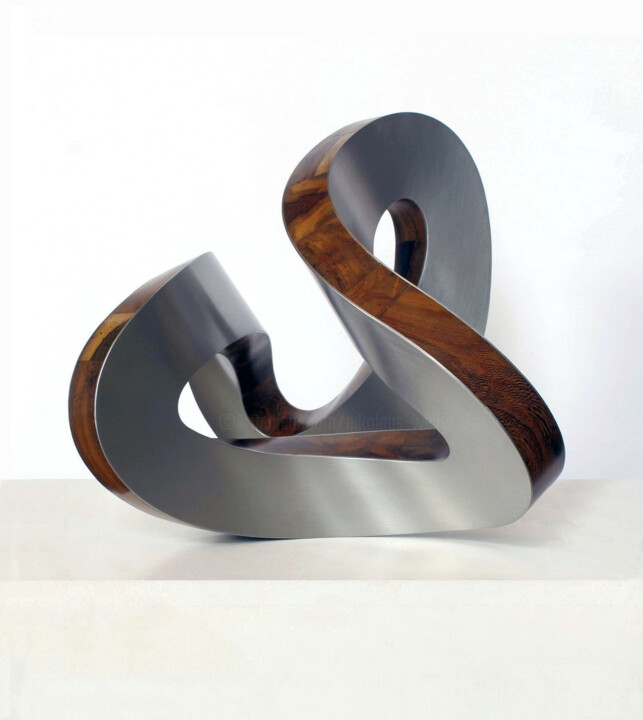
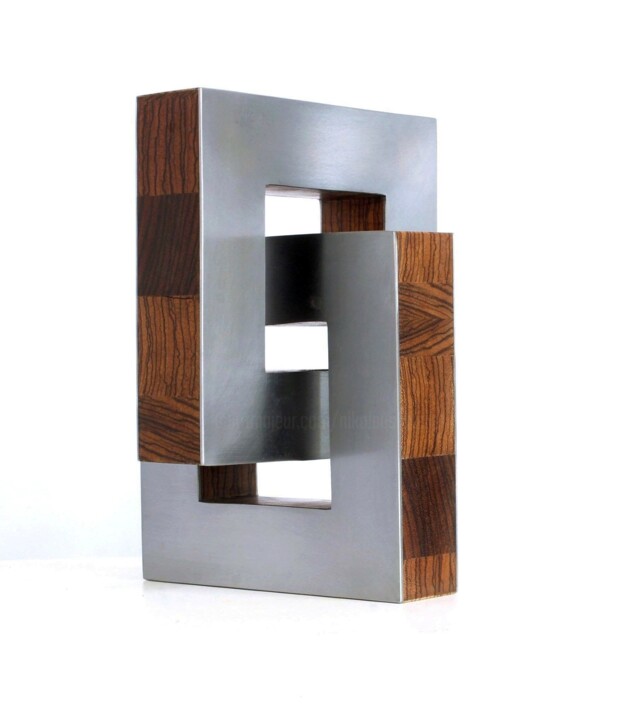


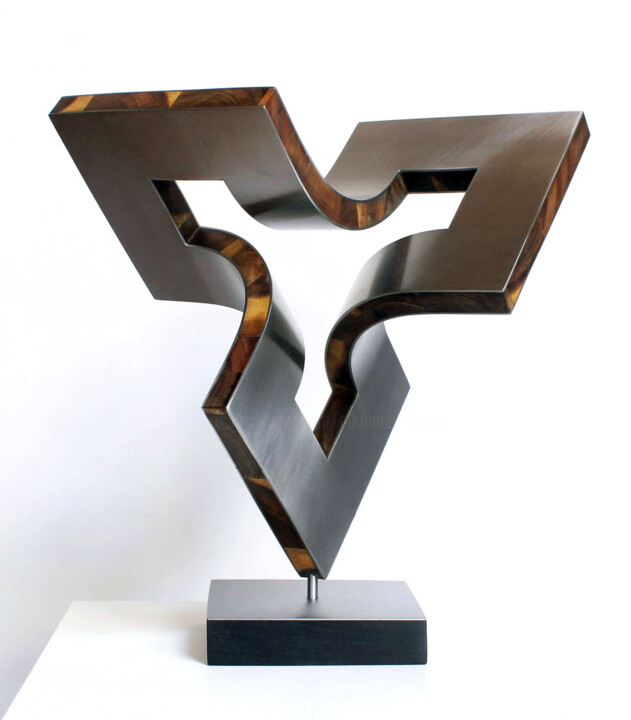
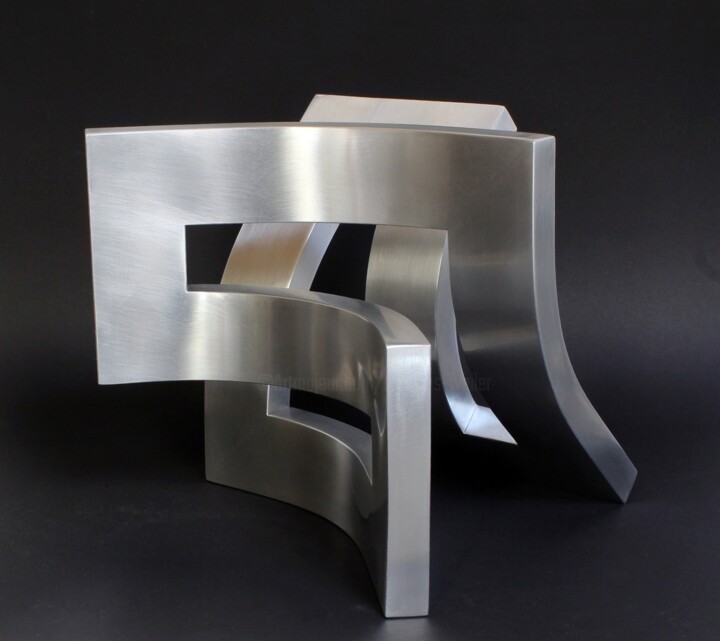


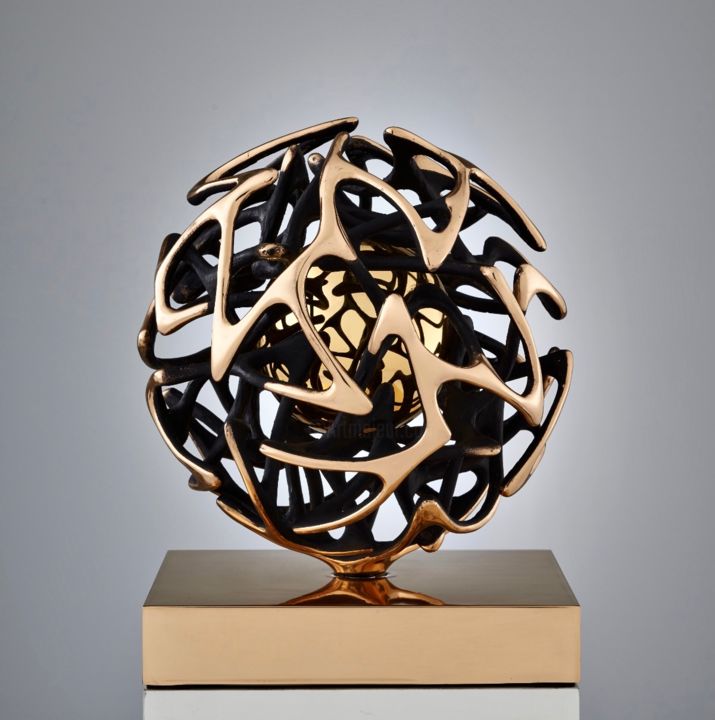
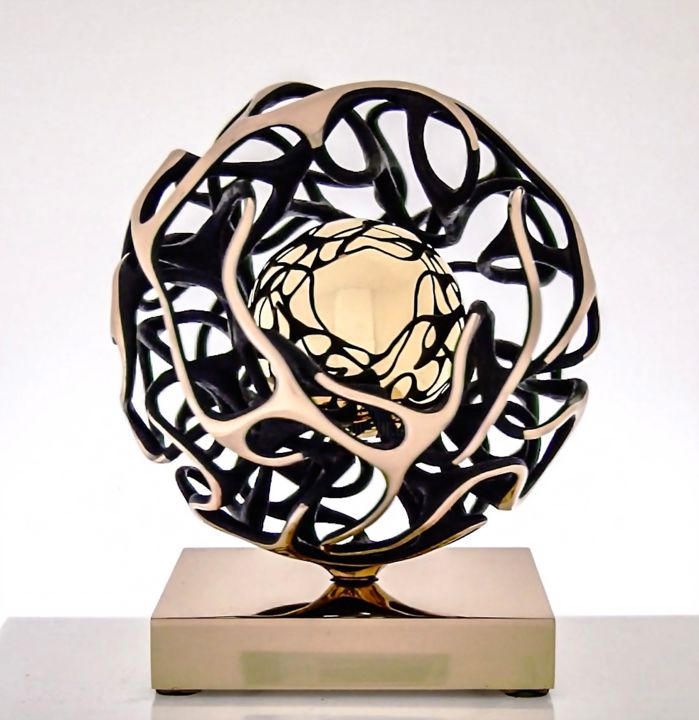
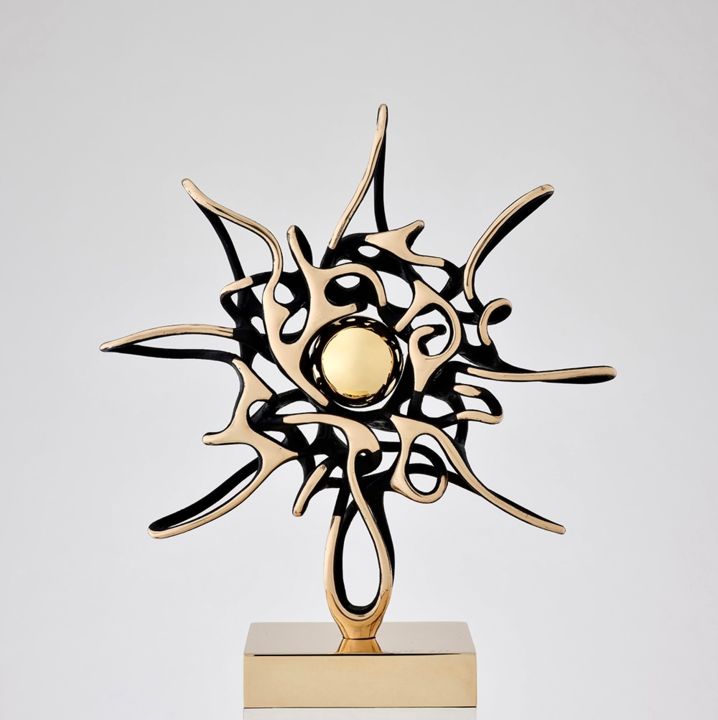
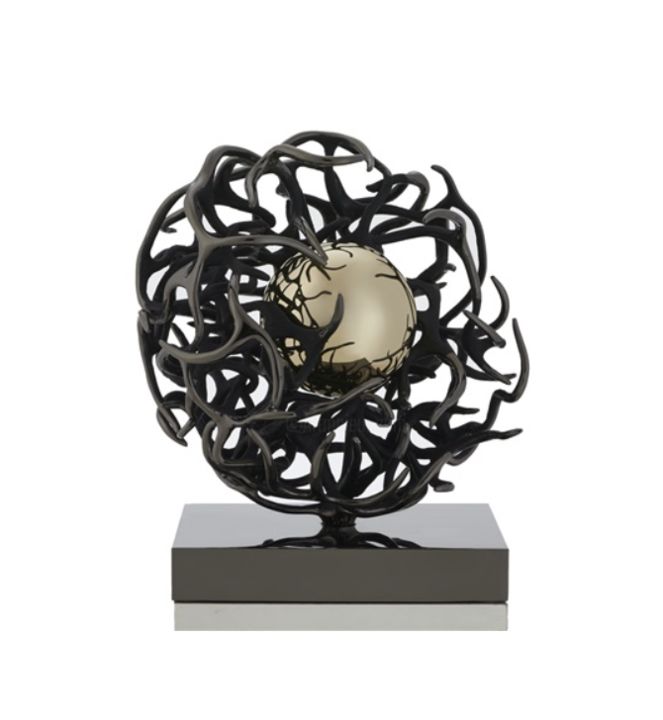
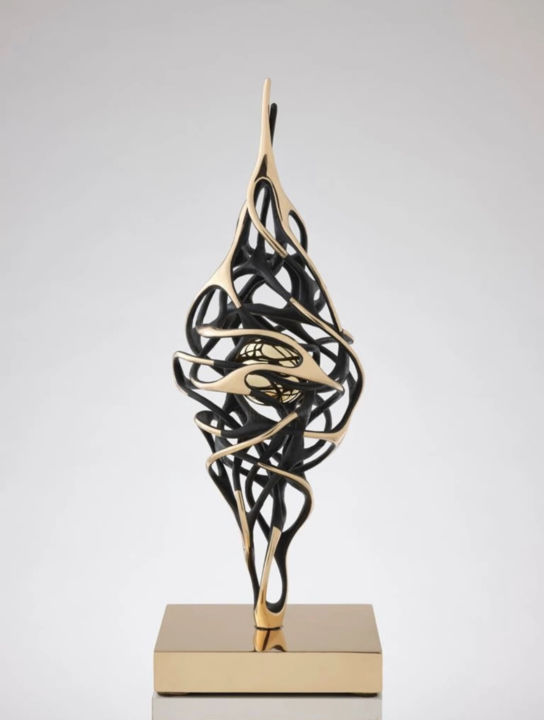
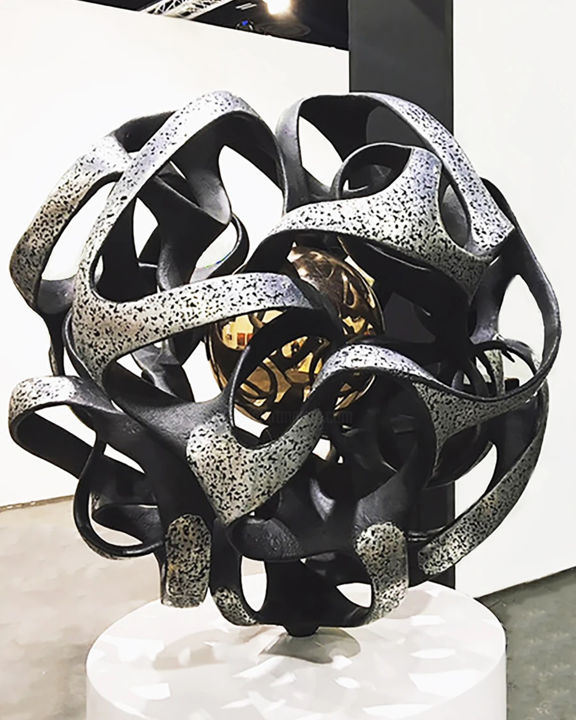
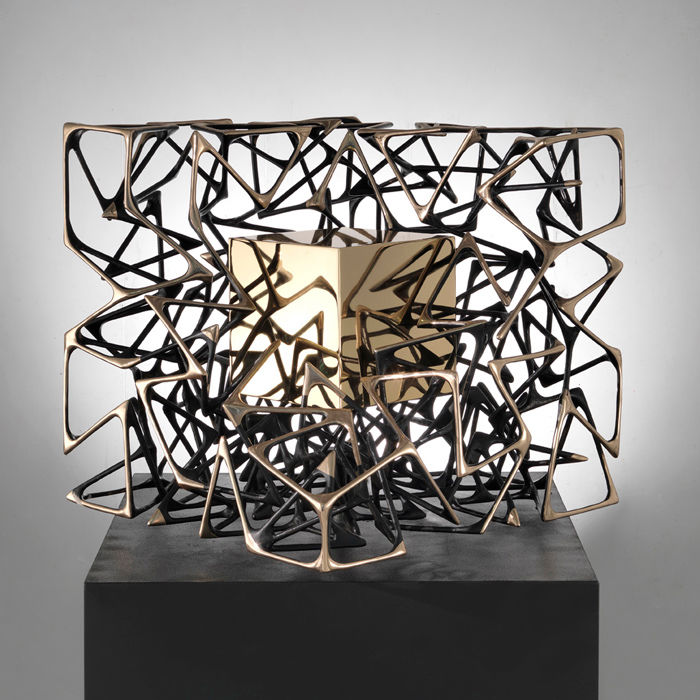
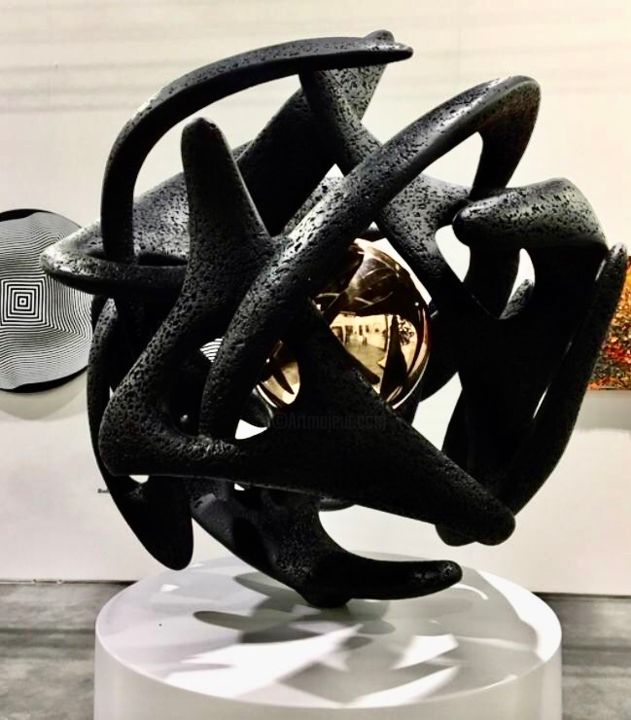

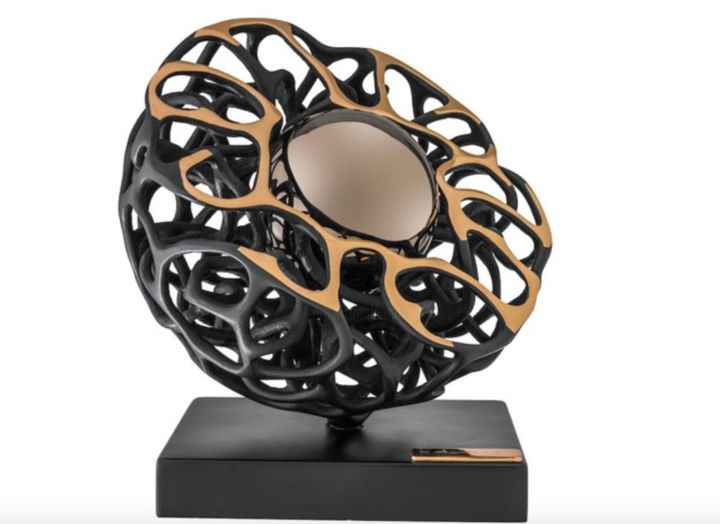









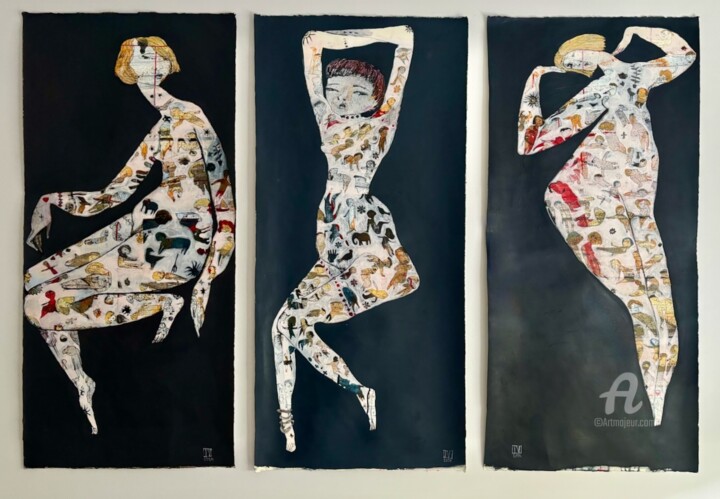
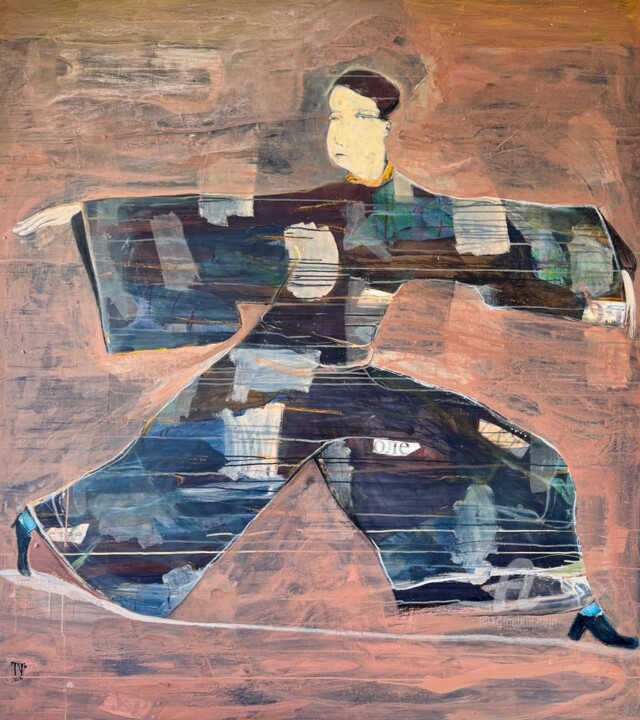
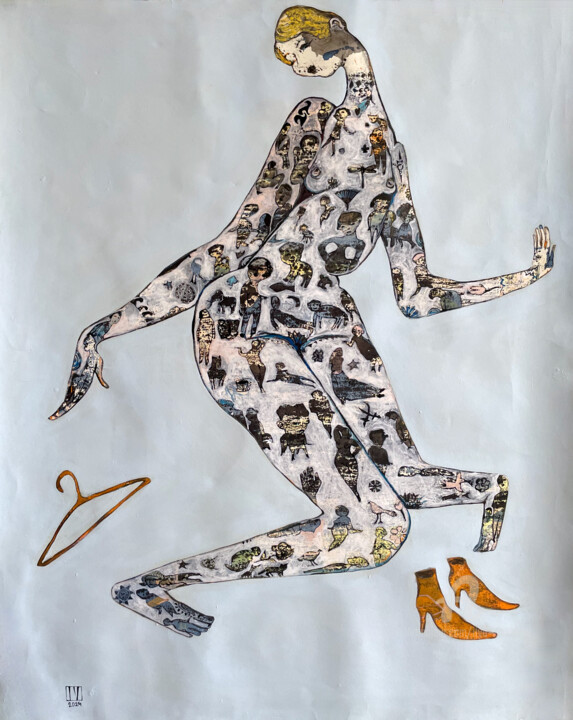
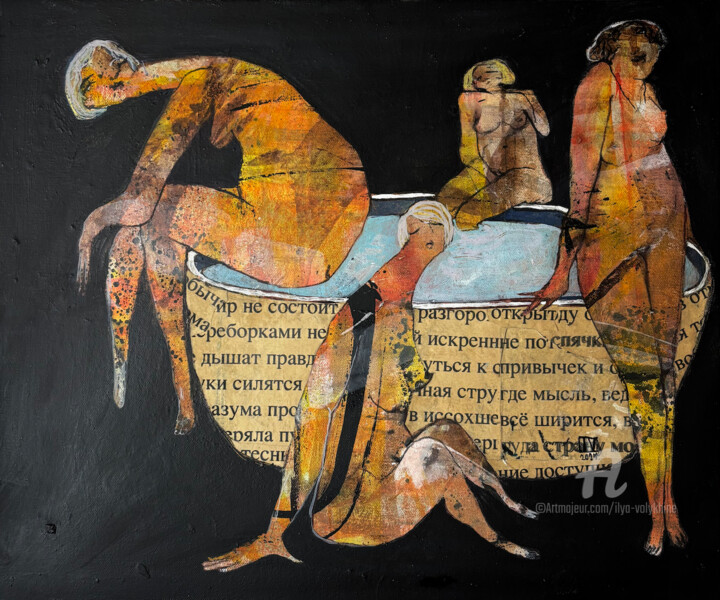
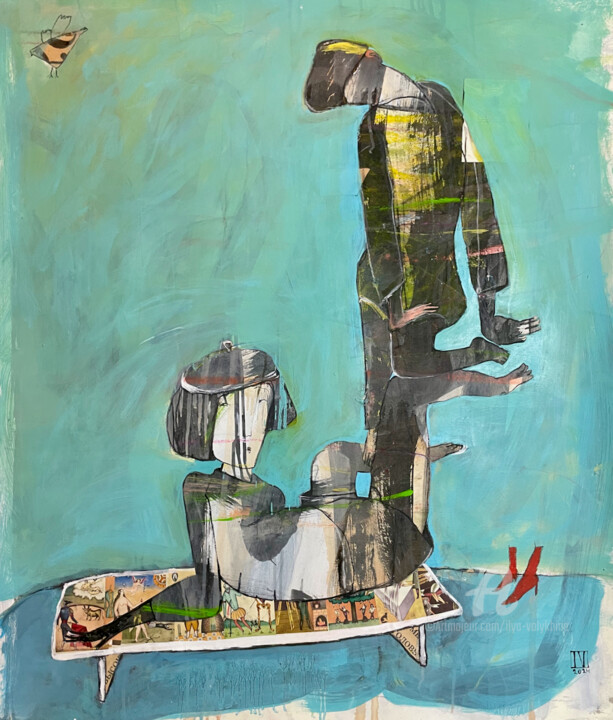
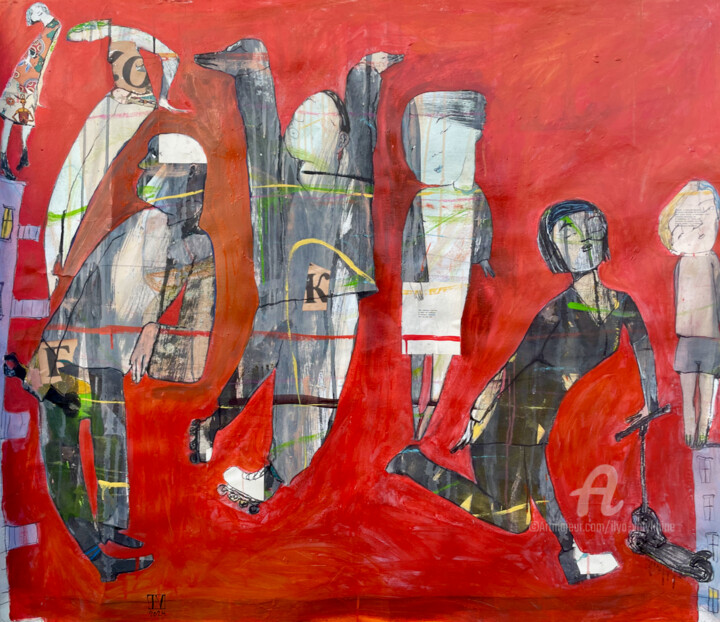
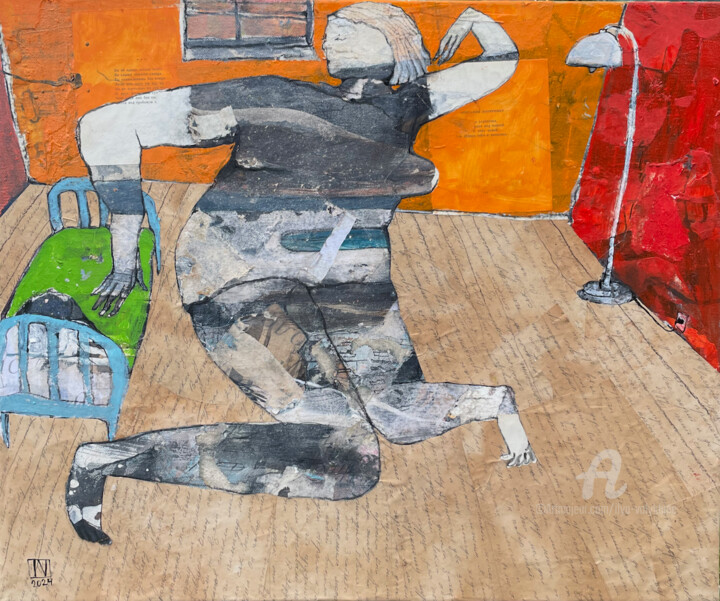





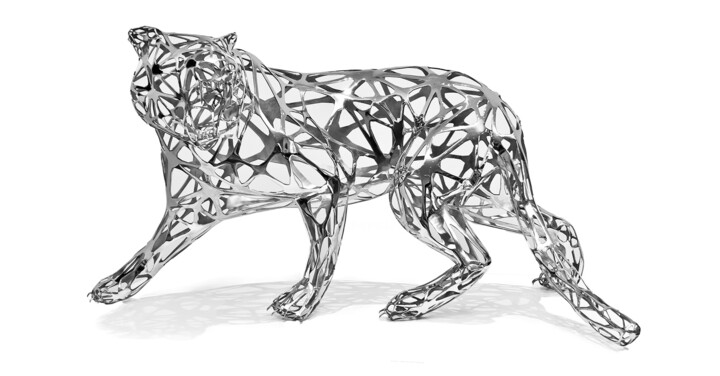
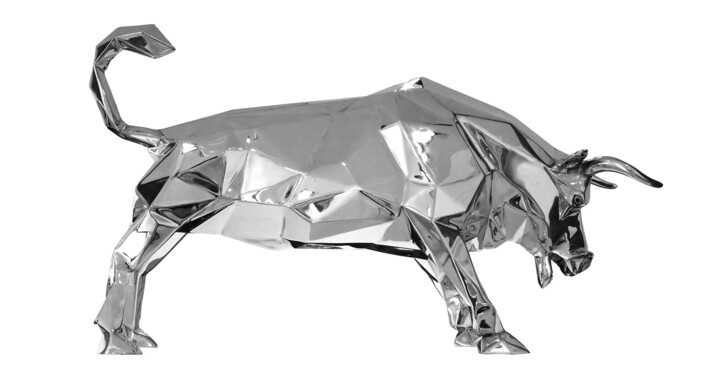

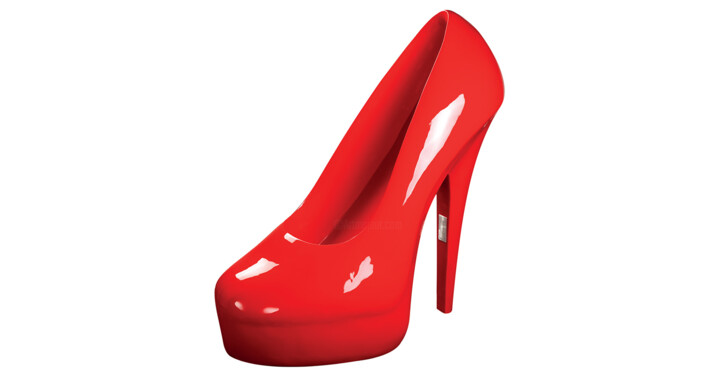
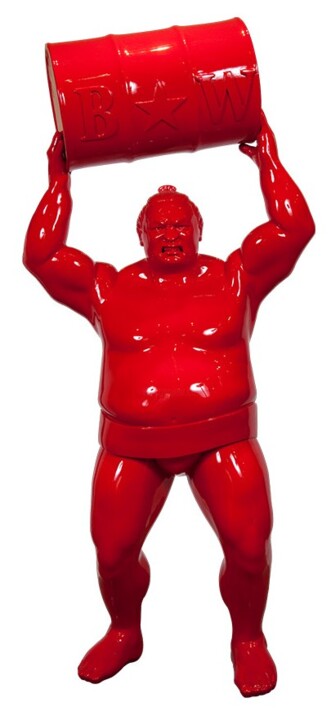


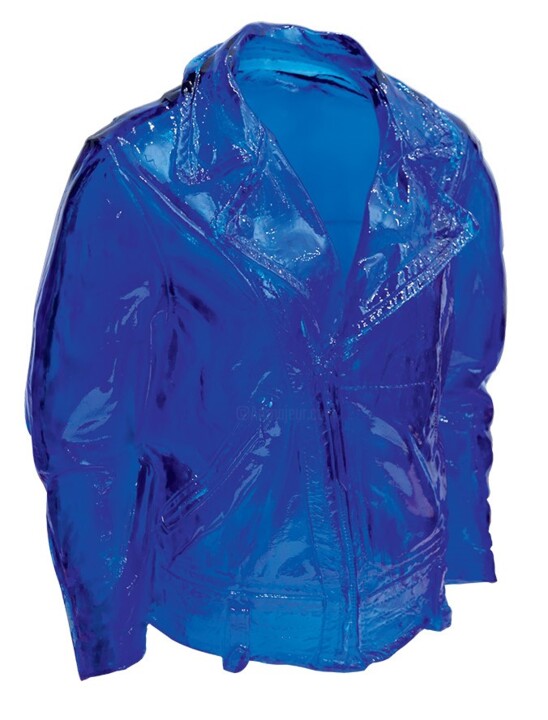





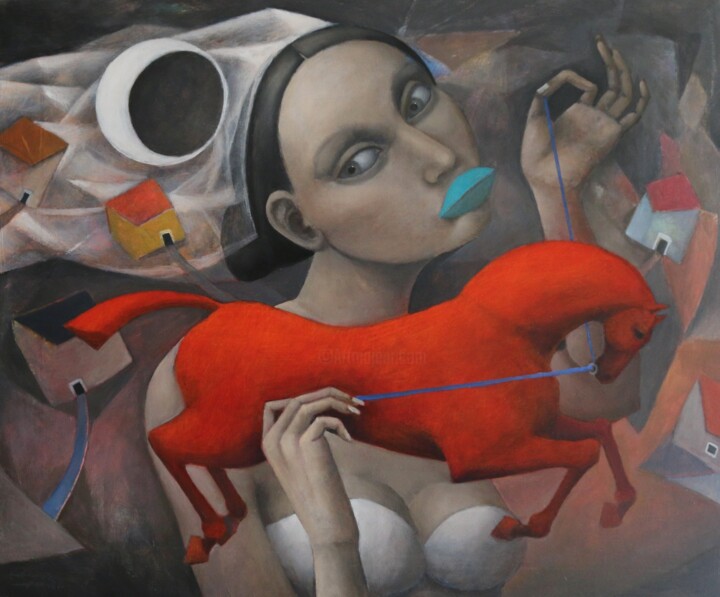
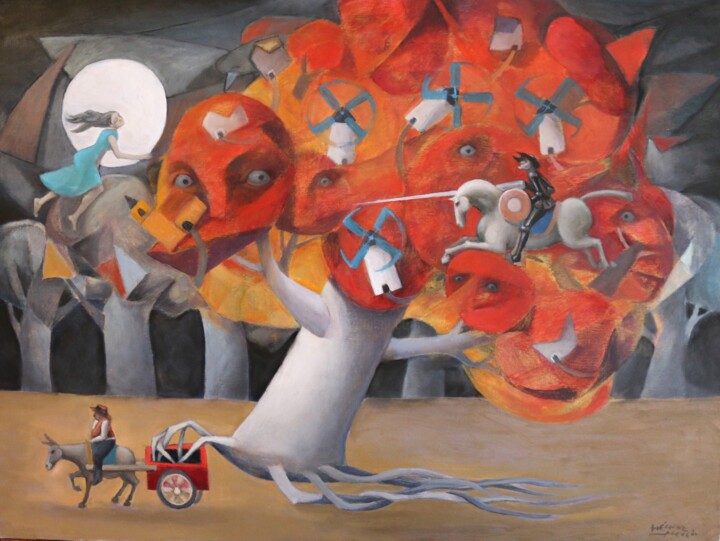
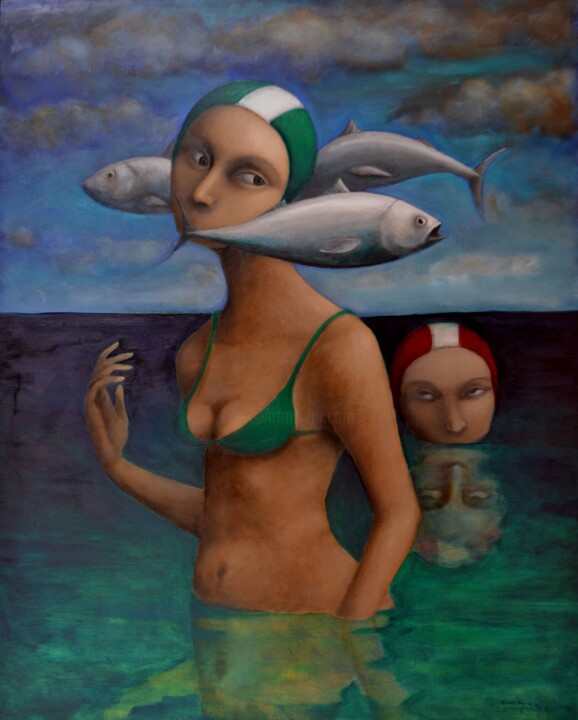
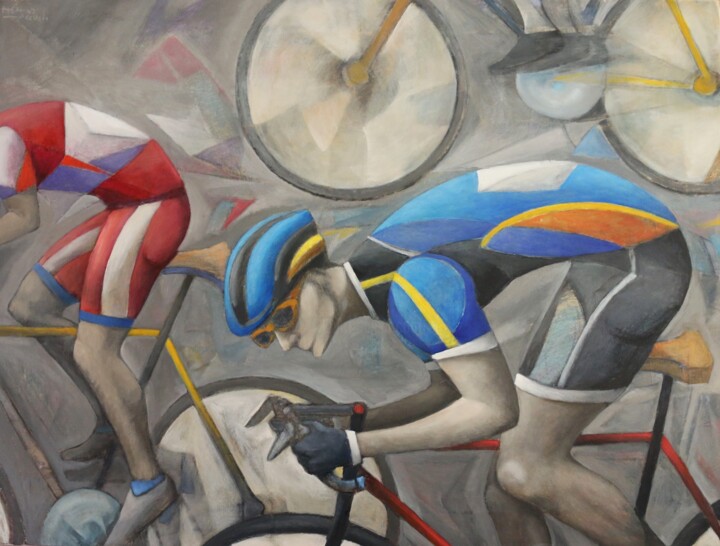
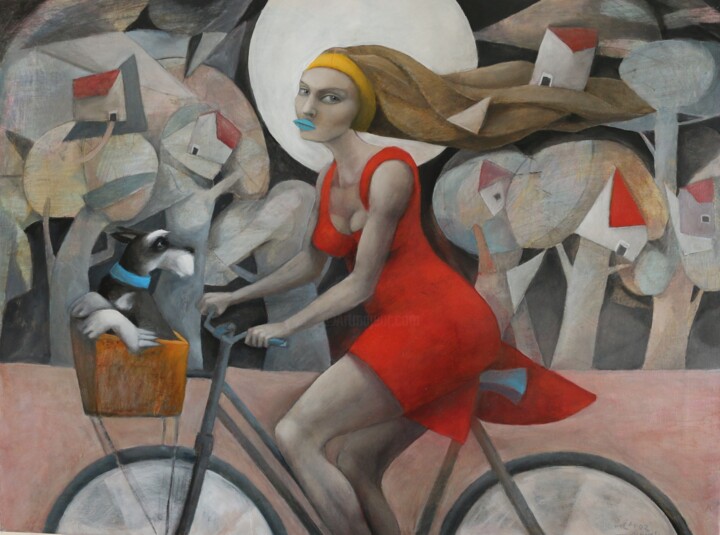

















![Sculpture titled "La guêpe [Ossa]" by Andrii Kyrychenko, Original Artwork, Ceramics](https://medias.artmajeur.com/standard/17252530_andrii-nikel-07-1.jpg?v=1738404718)

